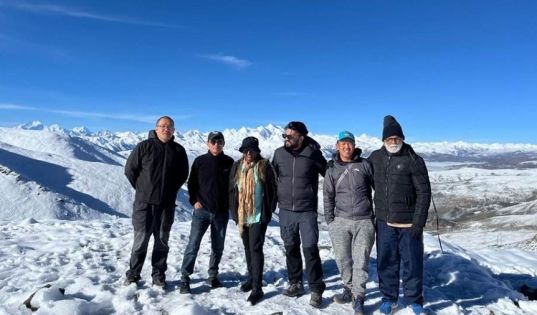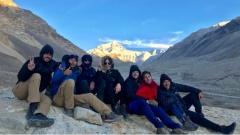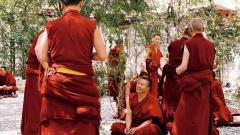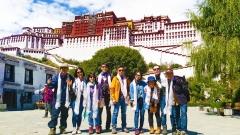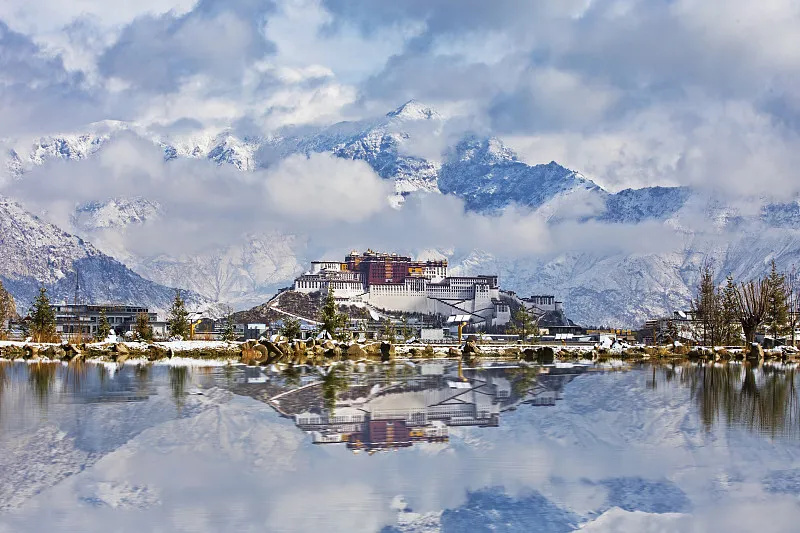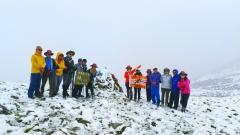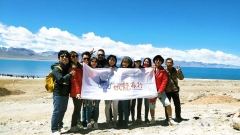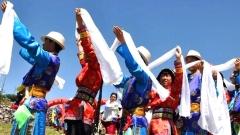Tibet, often called the “Roof of the World,” is not just a land of mountains and monasteries—it is a spiritual sanctuary for those seeking inner peace, enlightenment, and a deeper connection with the universe. From sacred mountains to ancient temples, Tibet offers unparalleled opportunities for pilgrimage and meditation in some of the most powerful spiritual settings on earth.
Whether you’re a devout Buddhist, a spiritual seeker, or simply someone curious about Tibetan culture, here are some of the best places in Tibet to embark on a transformative spiritual journey.
1. Jokhang Temple – The Heart of Tibetan Buddhism
Located in the heart of Lhasa, Jokhang Temple is the most revered spiritual site in Tibet. Built over 1,300 years ago by King Songtsen Gampo, the temple houses the Jowo Rinpoche statue—believed to be the most sacred image of the Buddha in Tibet.
Every day, hundreds of pilgrims from all over Tibet prostrate themselves along Barkhor Street to reach the temple. Inside, the smell of incense and yak butter lamps fills the air, while monks chant sutras in deep, melodic tones. Meditation here, even for a few minutes, is deeply moving. The temple’s spiritual energy is palpable—it’s a place where the divine feels close.
Tip: Join local pilgrims in a clockwise kora (circumambulation) around the temple via Barkhor Street, a deeply meaningful experience.
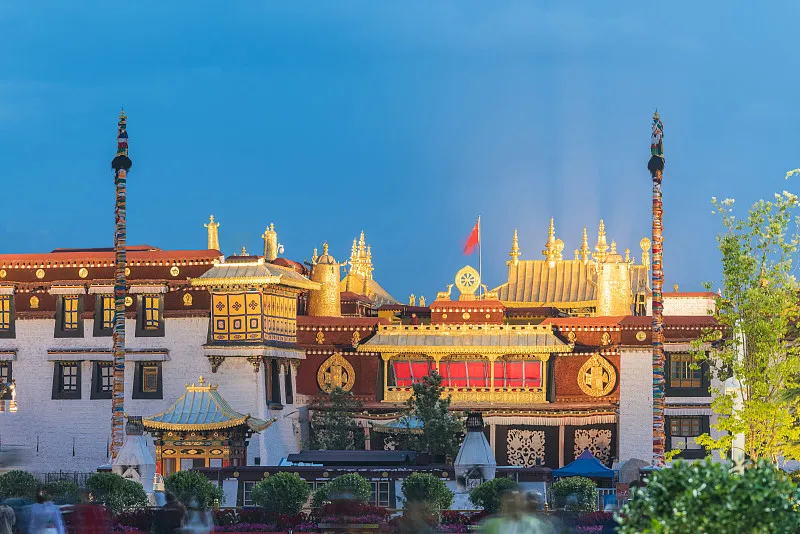
Jokhang Temple
2. Mount Kailash – A Sacred Pilgrimage for All Faiths
Regarded as the axis mundi (center of the universe), Mount Kailash is sacred in four religions: Buddhism, Hinduism, Jainism, and Bon. Completing a kora around this mountain is believed to cleanse a lifetime of sins. For some, 108 koras are said to bring enlightenment.
The 52-kilometer trek around Mount Kailash is physically demanding due to high altitude and rugged terrain. Yet, thousands of pilgrims—young and old—make this journey each year with faith as their guide. You’ll encounter breathtaking glaciers, prayer flags fluttering in the wind, and moments of deep silence that allow reflection like nowhere else.
Tip: The best season to trek is from May to October. Acclimatization in nearby towns like Darchen is essential before starting the kora.
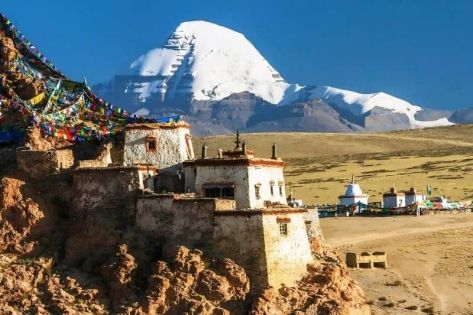
Mount Kailash
3. Tsurphu Monastery – Meditation in the Valley of Spirits
Located about 70 km from Lhasa in a serene mountain valley, Tsurphu Monastery is the traditional seat of the Karmapa lineage of Tibetan Buddhism. Far less crowded than Lhasa’s temples, it offers an ideal retreat for meditation and quiet reflection.
Here, the natural surroundings—green hills, mountain streams, and yak pastures—enhance the contemplative atmosphere. Many travelers spend a day hiking the Tsurphu kora, which encircles the monastery and offers panoramic views of the surrounding landscape. You may even witness monks in silent retreat, reminding you that spiritual practice is as much about solitude as it is about community.
Optional Experience: Ask your tour guide if it’s possible to witness a morning prayer ceremony with the monks.
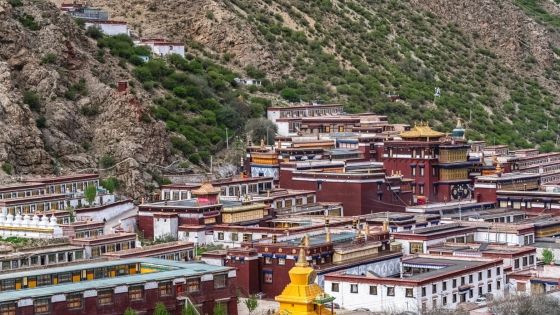
Tsurph Monastery
4. Samye Monastery – The First Monastery in Tibet
Founded in the 8th century by Guru Rinpoche, Samye Monastery was the first Buddhist monastery built in Tibet. Its unique design symbolizes the Buddhist cosmology with Mount Meru at the center, surrounded by continents and oceans.
Located in a remote part of Shannan Prefecture, Samye is less visited by foreign tourists, making it a peaceful site for introspection. The monastery is still active today, and many spiritual seekers come here for silent retreats and extended meditations. Climb up Hepo Ri hill behind the monastery for sunrise meditation—the view is breathtaking and spiritually uplifting.
Insight: Samye is a place of beginnings. Many pilgrims believe visiting here can plant the seeds of a lifelong spiritual journey.
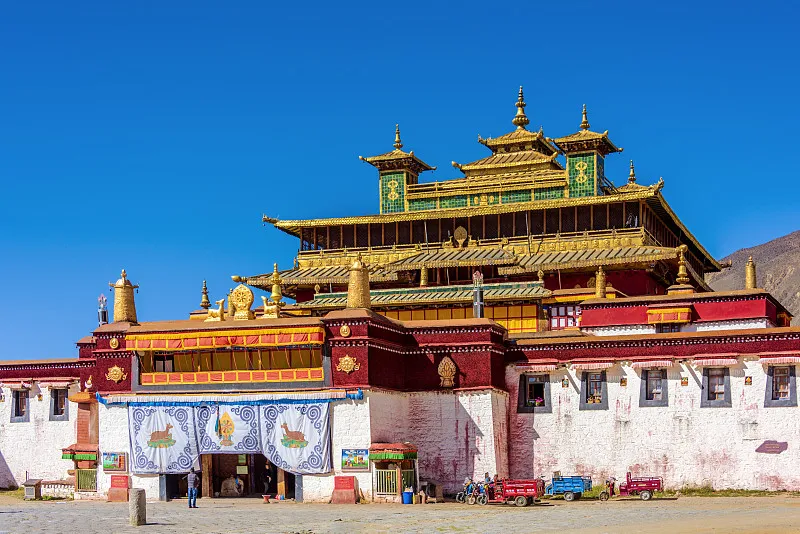
Shannan Samye Temple
5.Lake – Meditation Under the Open Sky
One of the most beautiful lakes in Tibet, Namtso is often called the “Heavenly Lake.” Located at an altitude of over 4,700 meters, its crystal-clear waters are surrounded by snow-capped peaks and endless grasslands. For centuries, yogis and hermits have come here to meditate in solitude.
The sheer beauty and silence of the landscape evoke a sense of awe and serenity. You can walk along the lake’s edge, breathe in the thin, clean air, and feel completely detached from the outside world. Many people come here to meditate at sunrise or sunset when the lake reflects the sky in shades of gold and indigo.
Practical Note: Due to its high altitude, travelers should ensure proper acclimatization before visiting.
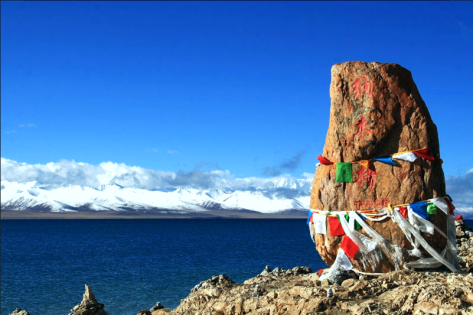
Namtso
6. Drak Yerpa – Ancient Caves and Hermit Retreats
Drak Yerpa is a hidden gem, located northeast of Lhasa. This cliffside site features a series of meditation caves where Tibetan saints, including Guru Rinpoche and King Songtsen Gampo, once meditated. The caves are still used today by practitioners seeking solitude and spiritual clarity.
Climbing up the steep paths, surrounded by colorful prayer flags and the whisper of mountain winds, you’ll feel transported to another time. The silence in the caves is profound, making it an ideal place for quiet meditation.
Cultural Note: Locals consider Drak Yerpa more spiritually potent than even Lhasa’s larger monasteries. It’s where true seekers go.
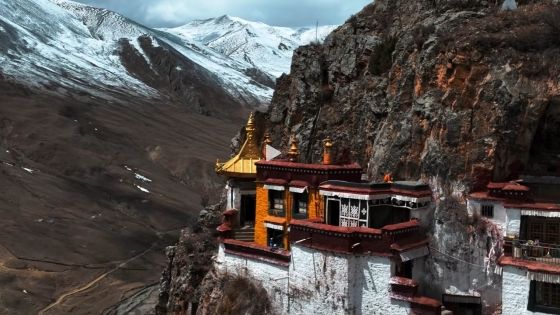
Your Journey Within
A spiritual journey through Tibet is not only about visiting sacred sites—it’s about connecting to something greater than yourself. Whether you’re walking alongside pilgrims at Jokhang, hiking around Mount Kailash, or meditating by Namtso Lake, the experience is sure to leave a lasting imprint on your heart and soul.
Tibet invites you to slow down, look inward, and find peace in the silence of its sacred landscapes.
Classic route recommendation
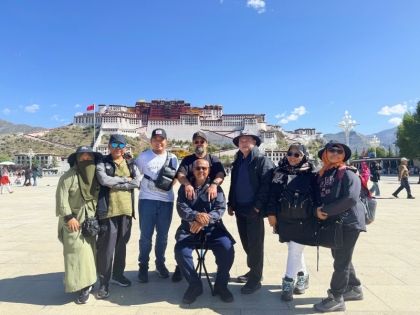
8-Day Classic Tibet Tour: Lhasa, Everest, Namtso & More $ 965
